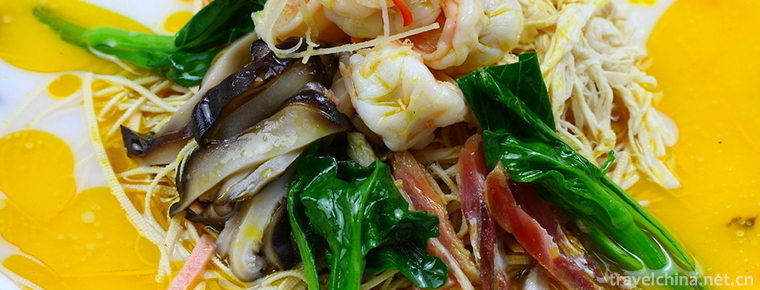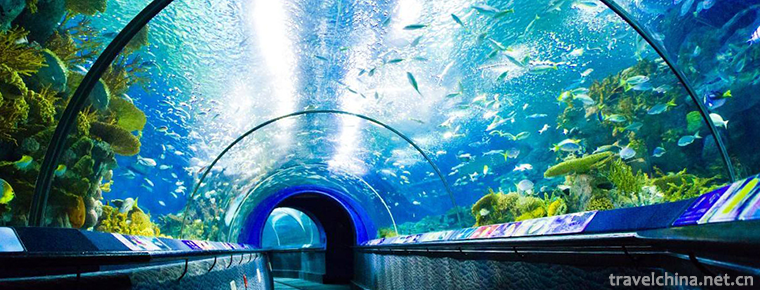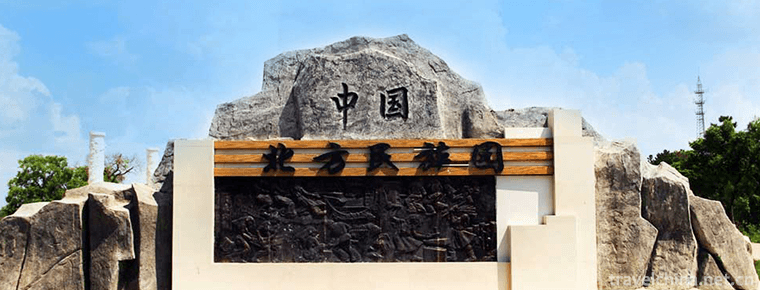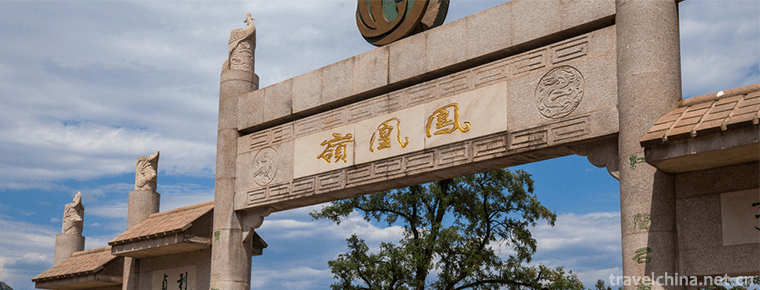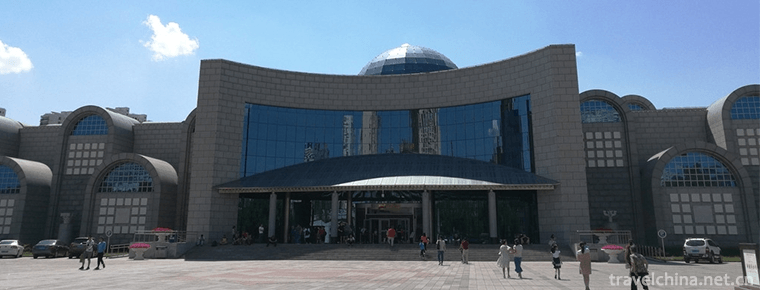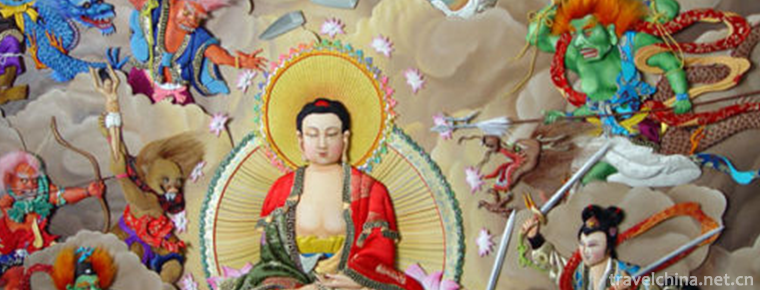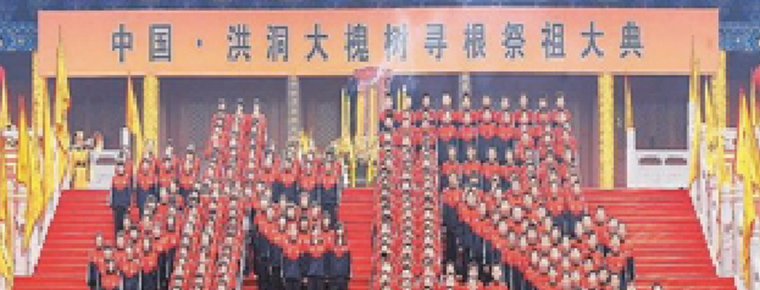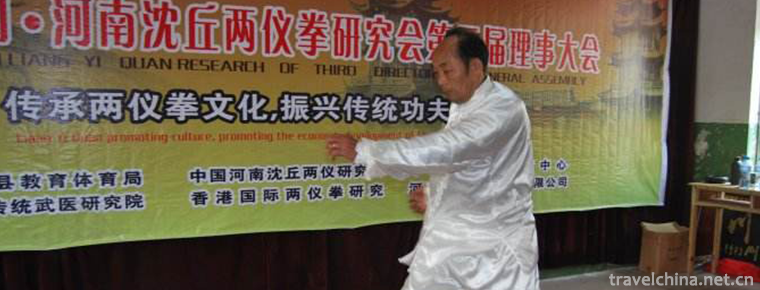Ruoergai CountyZoige County
Zoige County is located in the northeastern edge of the Qinghai-Tibet Plateau. It is the northern gate of Sichuan Province to the northwestern provinces. Its geographic coordinates are 102 08 to 103 39 East and 32 56 to 34 19 north. Its neighbors are Maqu County, Luqu County, Zhuoni County, Diebu County and Gansu Province, respectively. Aba County, Hongyuan County, Songpan County and Jiuzhaigou County are bordered by Aba Prefecture. The Yellow River and the Yangtze River divide it into two parts. The largest distance between the East and the west is about 150 kilometers. It is 475.3 kilometers from Lanzhou, 322.4 kilometers from Malkang, 469.2 kilometers from Chengdu to the South and 3406 meters above sea level from the county seat.
Zoige County has an area of 10436.58 square kilometers. At the end of 2010, Zoige County has a total population of 75,791. Dazhasi Town is the county's political, economic and cultural center.
In 2013, Zoige County achieved a GDP of 1.35 billion yuan, an increase of 14% over 2012, and an industrial output value of 236 million yuan, an increase of 14.1% over the same period of the year. The total industrial added value was 120 million yuan, of which 62.5 million yuan was added to the value of industries above the scale. The total retail sales of consumer goods is expected to reach 360 million yuan.
In 2005, the Geer prairie was named "the most beautiful wetland in China" by National Geographic magazine.
Zoige County enjoys the reputation of "the most beautiful alpine wetland grassland in China" and "the hometown of black-necked cranes in China", known as "oasis of Northwest Sichuan plateau" and "cloud paradise".
In September 25, 2018, the Ministry of Commerce received the honorary title of "e-commerce in 2018 into the rural comprehensive demonstration county".
In the Western Han Dynasty, the Ruoergai area belonged to the white horse range.
In the Northern Zhou Dynasty, in the eastern part of the county, the area was located in the county of Junxiang county.
In the Sui Dynasty, the pass county was Wenshan County, and the Tang Dynasty was controlled by the state of the Song Dynasty. During the strong period of Tubo, it was ruled by Tubo.
The Yuan Dynasty set up pan state in Jixiang Township today.
In the Ming Dynasty, the first word of the two states was named Songpan Wei.
In the Qing Dynasty, the Ministry of leather and toast was established in this county. In the Republic of China, it belonged to Songpan county.
In August 1950, the Maoxian prefectural Party committee and Songpan County sent a working group to work in the area. In 1951, the Songpan County Government sent a working group to Langmu Temple to hold a meeting of the twelve tribes of Ruoergai Tuguan to carry out work.
In 1953, the People's Liberation Army marched into the grassland to eliminate the remnants of the Kuomintang army, Ma Liang. In June, the 12 tribes of Zoige and the seven houses of Zoige were jointly built into the Zoige Baozang Administrative Committee. In 1956, Ruoergai county was built in 7, belonging to Aba Tibetan and Qiang Autonomous Prefecture.
The name of the county comes from the name of a great housekeeper from Tibet. The servant is called Geng, who translated and wrote Ruoergai. One name is Ruoergai tribe.
topographic features
The terrain of Zoige County is complex. The watershed between the Yellow River and the Yangtze River Valley divides the county into two distinct geographical units and natural economic zones. The central and southern parts of the country are typical hilly Highlands, accounting for 69% of the total area of the county, and the terrain is tilted from south to north. The average altitude is 3500 meters. The northern and southeastern mountainous system is the western part of Qinling Mountains and the northern end of Minshan Mountains.
climate
Ruoergai county belongs to the humid monsoon climate of the plateau cold temperate zone, and has no summer all the year round. The annual average temperature is 1.1 degrees, and the annual precipitation is 648.5 millimeters. There is no absolute frost free period. Rainfall mostly concentrated in late May to mid July, with an annual rainfall of 656.8 millimeters. The annual relative humidity is 69%. The land begins to freeze in late September every year, and thaw is completely thawed in mid May, and the deepest part of frozen soil is 72 centimeters.
hydrology
The main rivers in Zoige County are the Bailong River, the Baozuo River and the Brazilian River, and Gaqu, Moqu and Requ, which flow from south to North into the Yellow River.
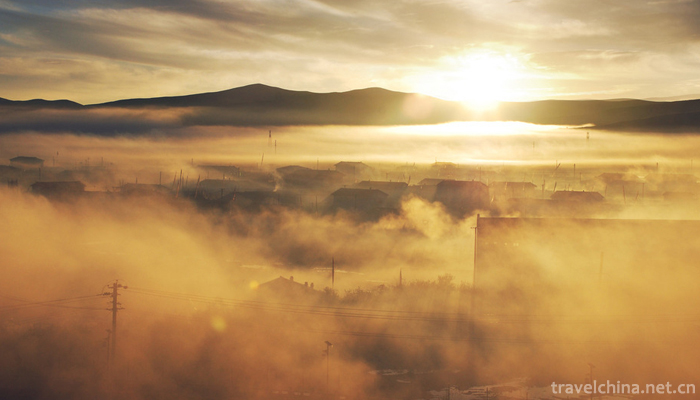
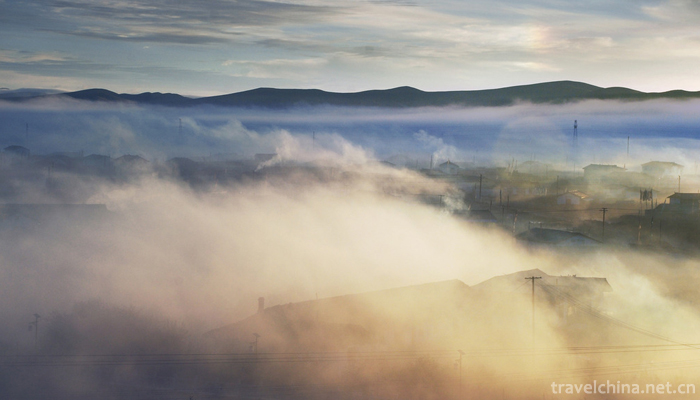
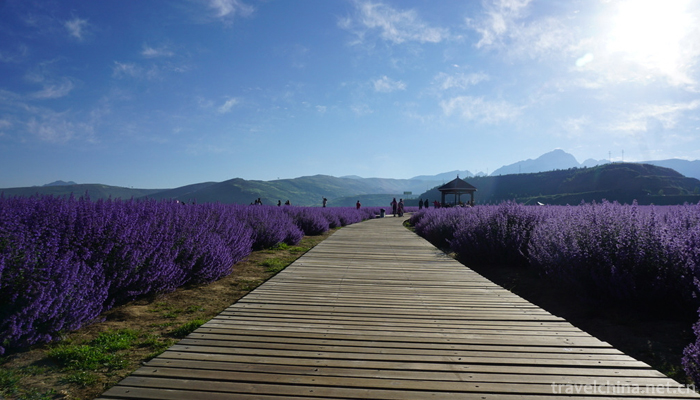

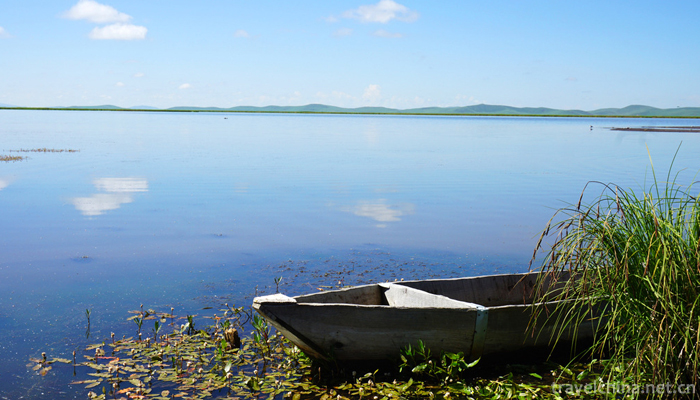


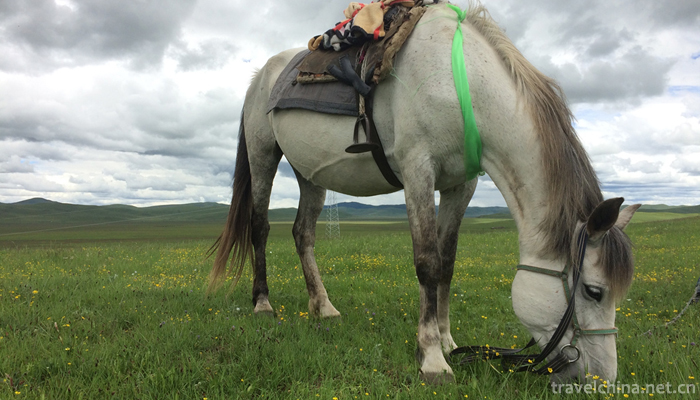
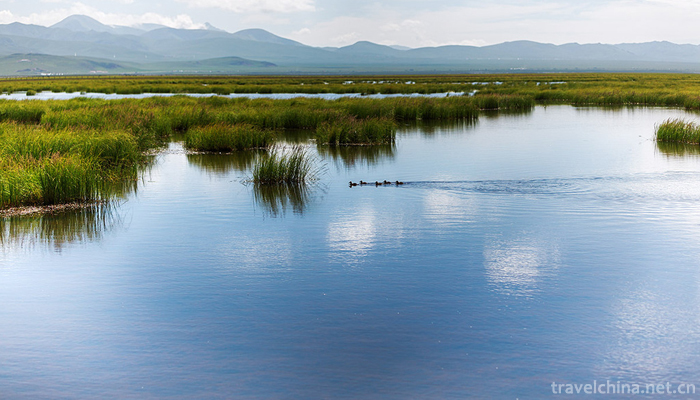
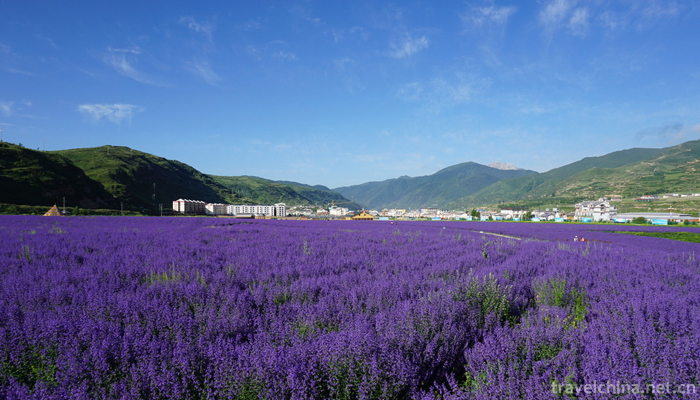
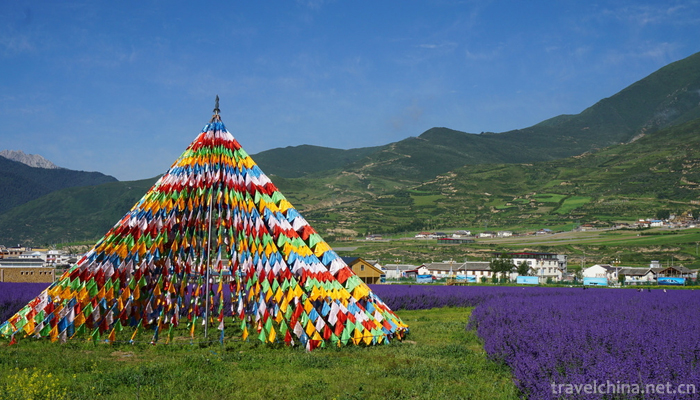

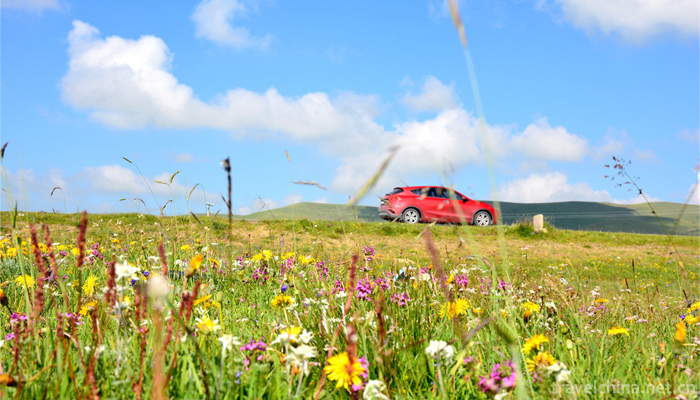
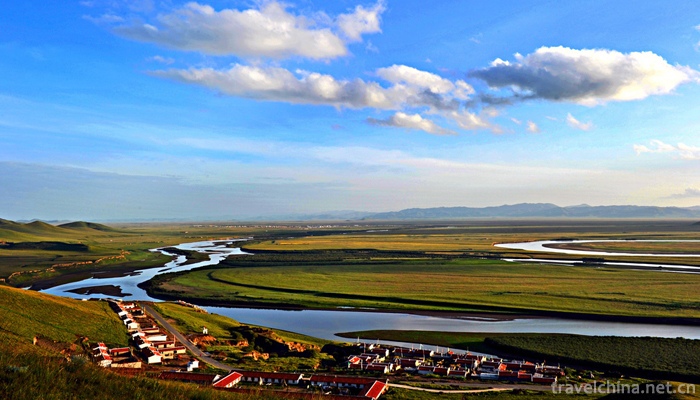
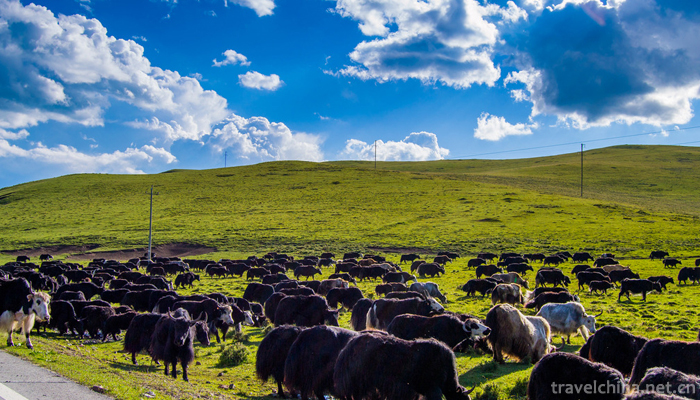
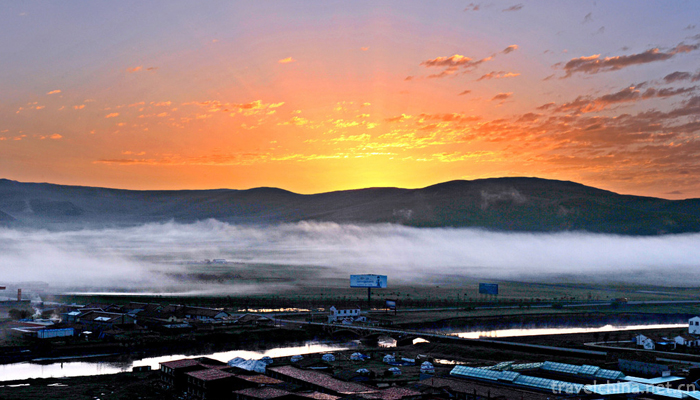
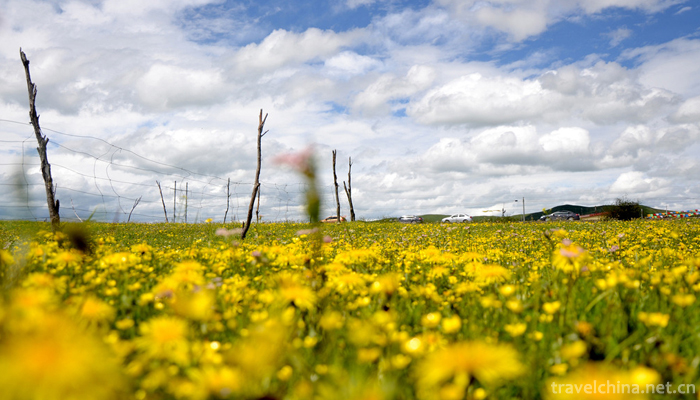
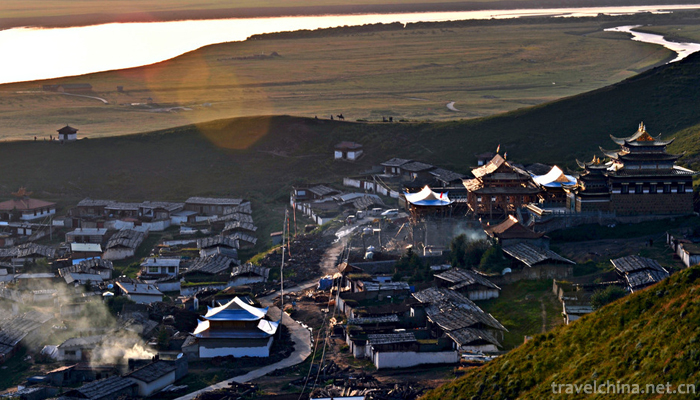

Ruoergai CountyZoige County
-
Braised Shredded Chicken with Ham and Dried Tofu
Braised Shredded Chicken with Ham and Dried Tofu, also known as chicken juice, boiled silk, the traditional dishes are Huaiyang cuisine
Views: 223 Time 2018-10-27 -
Shanghai Ocean Aquarium
Shanghai marine aquarium is located at 1388 Lujiazui Ring Road, Pudong New Area, Shanghai, China, next to the Oriental Pearl Tower. Singaporean Xingya Group and Chinese Poly Group have jointly
Views: 205 Time 2018-12-19 -
North China National Park
The National Park in northern China covers 84 hectares. The scenic spot is a collection of ancient and modern culture of Suibin and the essence of northern nationalities.
Views: 372 Time 2018-12-22 -
Fenghuangling Natural Scenic Park
Beijing Fenghuangling Natural Scenic Park is China's National AAAA Scenic Area. The scenic spot is located in the northwest of Haidian District, 51 kilometers away from Tiananmen straight line
Views: 197 Time 2018-12-26 -
Linhai Qishi Scenic Area
Linhai Qishi Scenic Area is located in Tangwanghe District, Yichun City, Heilongjiang Province. Scenic area covers 190 square kilometers. It is a new eco-tourism area and National Geological Heritage
Views: 201 Time 2019-01-30 -
Museum of Xinjiang Uygur Autonomous Region
The Museum of Xinjiang Uygur Autonomous Region, located at No. 132 Northwest Road, Urumqi City, is a provincial comprehensive geographic museum.
Views: 247 Time 2019-02-25 -
Yangda Kuduktur Beacon Platform Site
Beacon also known as beacon platform, beacon platform, Yandun, pyrotechnic platform. If there were enemies, smoke in the daytime and fire in the evening were the quickest and most effective ways to tr
Views: 223 Time 2019-03-02 -
Yongquan Qicheng Great Wall Ecological Scenic Area
The Great Wall of Yongquan Qi is a quiet tourist scenic spot, located in Yongquan Village, Zihe Town, Zibo City, where Pu Songling lived in the southeast mountain area. Here the mountains are connecte
Views: 138 Time 2019-03-05 -
Eight Immortals Crossing the Sea Make Arhats
Eight Immortals Crossing the Sea and Arhat is a famous dish, which belongs to Confucian cuisine. Various raw materials, rich and fresh soup, beautiful color, such as eight immortals and Luohan
Views: 297 Time 2019-03-27 -
Pile brocade
Duijin, also known as Shangdang Duijin, is a handicraft hand Duijin is developed on the basis of traditional Chinese painting and embroidery. It is made of silk as the main fabric
Views: 158 Time 2019-04-28 -
Custom of sacrificing ancestors to the great locust tree in Hongdong
During the period from Hongwu to Yongle in the Ming Dynasty, an unprecedented migration took place under the great locust tree in Hongtong. It lasted 50 years and moved 18 times
Views: 128 Time 2019-05-03 -
Two instruments boxing
Liangyi Quan originated from Zhouyi, which said, "It's so easy to have Taiji. It's the birth of Liangyi". (Liangyi Quan) is also called Liangyi Point-through-Qishen Quan. Its name is formed
Views: 182 Time 2019-05-13
